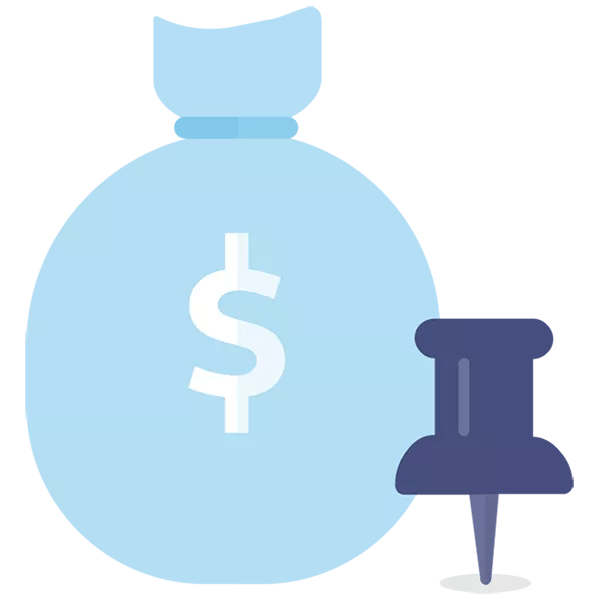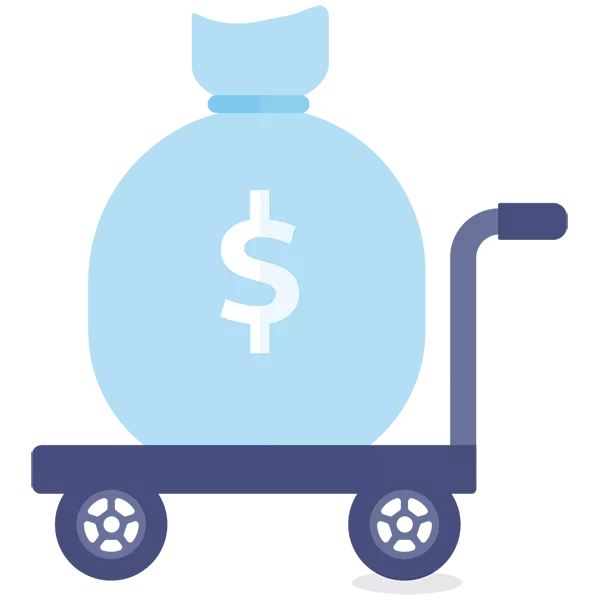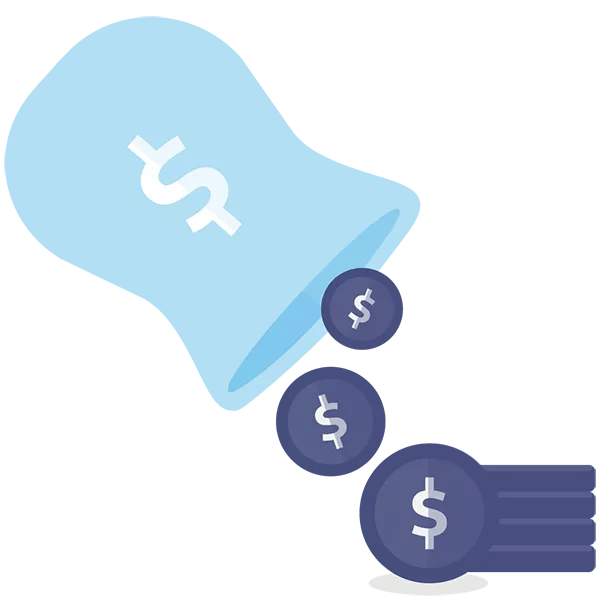Already know what you would like to do?
A job change for you means new options for your retirement account.
No matter where you are in your journey, we have resources and people within reach. We have a dedicated Retirement Consultant team to help walk through your retirement goals and provide a recommendation based on your individual needs.
Want to talk to a Retirement Consultant?
Call 800-247-8000, ext. 1193 (Monday - Friday 7 a.m. - 5 p.m. CT).
Because you're a valued customer, this service is complimentary.
Make the most of your consultation:
- Know your financial risk tolerance: Review the Risk Tolerance Questionnaire and prepare your answers.
- Gather information for any retirement plans outside Principal: Having account statements gives us a more complete view of your financial circumstances so we can make better recommendations.
- Plan for the consultation to take an hour: We'll discuss your financial goals and deliver personalized recommendations.
You have 4 options for your account.

Keep your money where it is
Roll your money to an IRA
Move your money to a new employer's plan
Cash out your account
Leave your savings in the account with your old employer’s plan.
This could be a good fit for you if...
- You want to keep your savings invested, with the same tax advantages.
- You're happy with your current account and don’t mind leaving it with your old employer.
- You like your current investment options.
- You use the online planning tools and resources you have access to today.
But keep in mind…
- You can't add more money to the account (since it's tied to your old job) or borrow money from it.
- You’re limited to the investments your old employer chooses for the plan, and they can change the investments or other plan features (you'll be notified first).
Move your savings to an individual retirement account (IRA). Not familiar with IRAs? Here’s a refresher.
This could be a good fit for you if...
- You want to keep your savings invested, with the same tax advantages.
- You want more investment options—and you’d like a professional to help you pick a mix of investments for you.
- You want to be able to save for retirement in 1 spot that stays with you, even if you end up working somewhere without a retirement plan.
- You want the greater flexibility and control of an account you own individually.
But keep in mind…
- You can’t borrow money from an IRA (although you might be able to withdraw contributions for certain expenses).
- You generally need to be at least age 59½ to withdraw your money penalty-free, compared to age 55 for most employer plans (if you leave your employer).
Move your savings to your current employer’s plan (if one’s available).
This could be a good fit for you if...
- You want to keep your savings invested, with the same tax advantages.
- You like the convenience of saving for retirement directly out of your paycheck.
- You’d rather pick from a set list of investment options and you like the ones your employer’s plan offers.
- You might want to borrow money from your account someday.
But keep in mind…
- If you want to roll outside savings into your account, you’ll need to check with your employer first; not all plans allow it.
- Not all plans allow loans; check with your employer.
- If you change jobs in the future, you’ll have to decide what to do with your account (just like now).
You can take some or all of your savings as cash.
This could be a good fit for you if...
- You need cash now.
But keep in mind…
- You'll pay taxes on the amount you withdraw, right away.
- If you're under age 59 1/2, you may also pay a 10% penalty.
- The extra cash could bump you to a higher tax bracket.
- You might not have enough savings when you retire.
You have 4 options for your account.
Leave your savings in the account with your old employer’s plan.
This could be a good fit for you if...
- You want to keep your savings invested, with the same tax advantages.
- You're happy with your current account and don’t mind leaving it with your old employer.
- You like your current investment options.
- You use the online planning tools and resources you have access to today.
But keep in mind…
- You can't add more money to the account (since it's tied to your old job) or borrow money from it.
- You’re limited to the investments your old employer chooses for the plan, and they can change the investments or other plan features (you'll be notified first).
Move your savings to an individual retirement account (IRA). Not familiar with IRAs? Here’s a refresher.
This could be a good fit for you if...
- You want to keep your savings invested, with the same tax advantages.
- You want more investment options—and you’d like a professional to help you pick a mix of investments for you.
- You want to be able to save for retirement in 1 spot that stays with you, even if you end up working somewhere without a retirement plan.
- You want the greater flexibility and control of an account you own individually.
But keep in mind…
- You can’t borrow money from an IRA (although you might be able to withdraw contributions for certain expenses).
- You generally need to be at least age 59½ to withdraw your money penalty-free, compared to age 55 for most employer plans (if you leave your employer).
Move your savings to your current employer’s plan (if one’s available).
This could be a good fit for you if...
- You want to keep your savings invested, with the same tax advantages.
- You like the convenience of saving for retirement directly out of your paycheck.
- You’d rather pick from a set list of investment options and you like the ones your employer’s plan offers.
- You might want to borrow money from your account someday.
But keep in mind…
- If you want to roll outside savings into your account, you’ll need to check with your employer first; not all plans allow it.
- Not all plans allow loans; check with your employer.
- If you change jobs in the future, you’ll have to decide what to do with your account (just like now).
You can take some or all of your savings as cash.
This could be a good fit for you if...
- You need cash now.
But keep in mind…
- You'll pay taxes on the amount you withdraw, right away.
- If you're under age 59 1/2, you may also pay a 10% penalty.
- The extra cash could bump you to a higher tax bracket.
- You might not have enough savings when you retire.

Our goal is to explain your options in a way that's easy to understand and relate to your situation—so you feel confident you're making the right decision.
Why work with Principal?
One of the World's Most Ethical Companies.